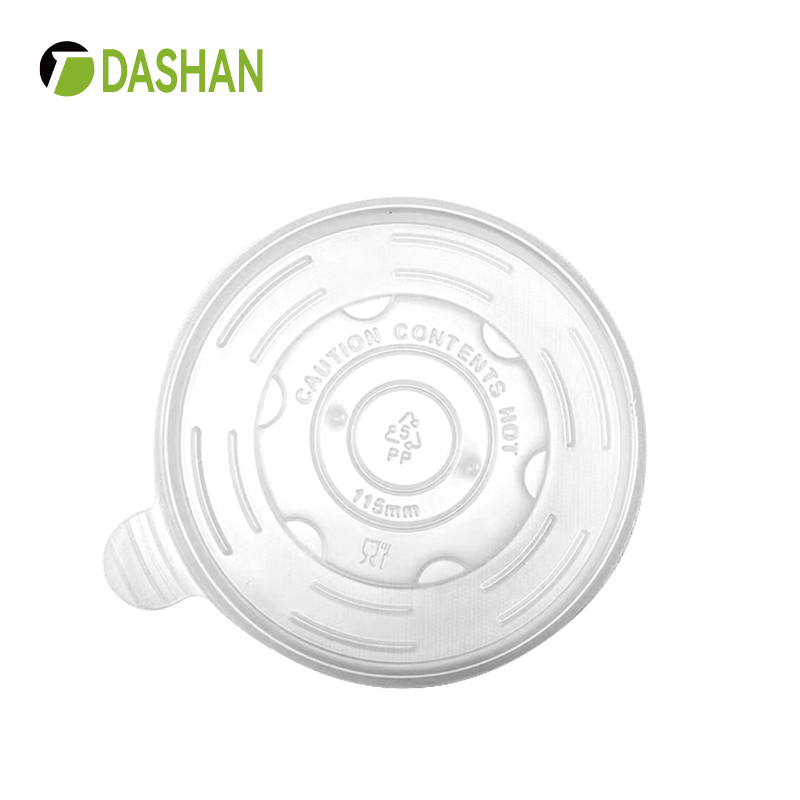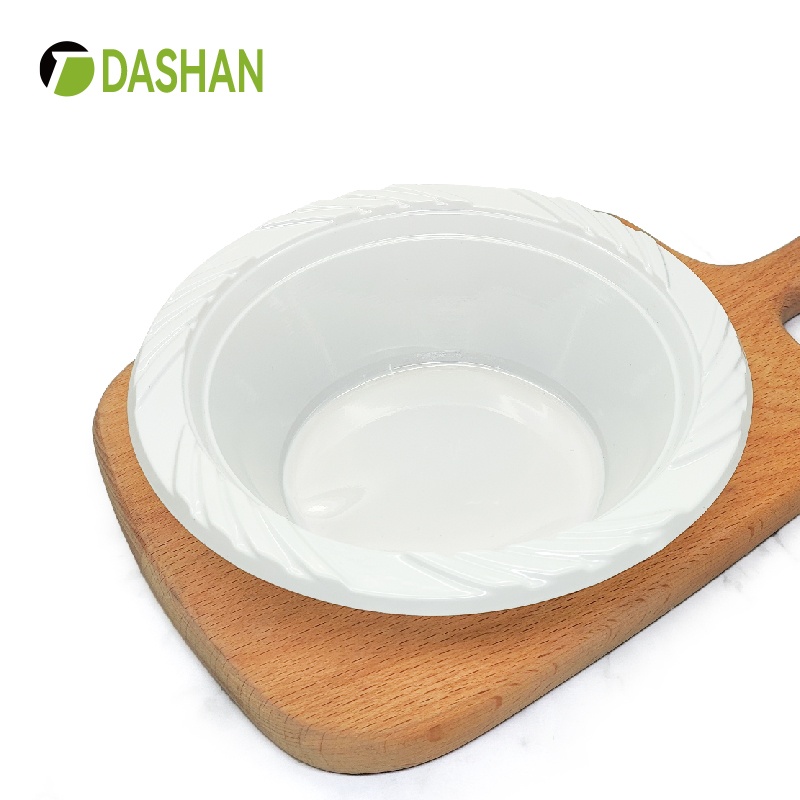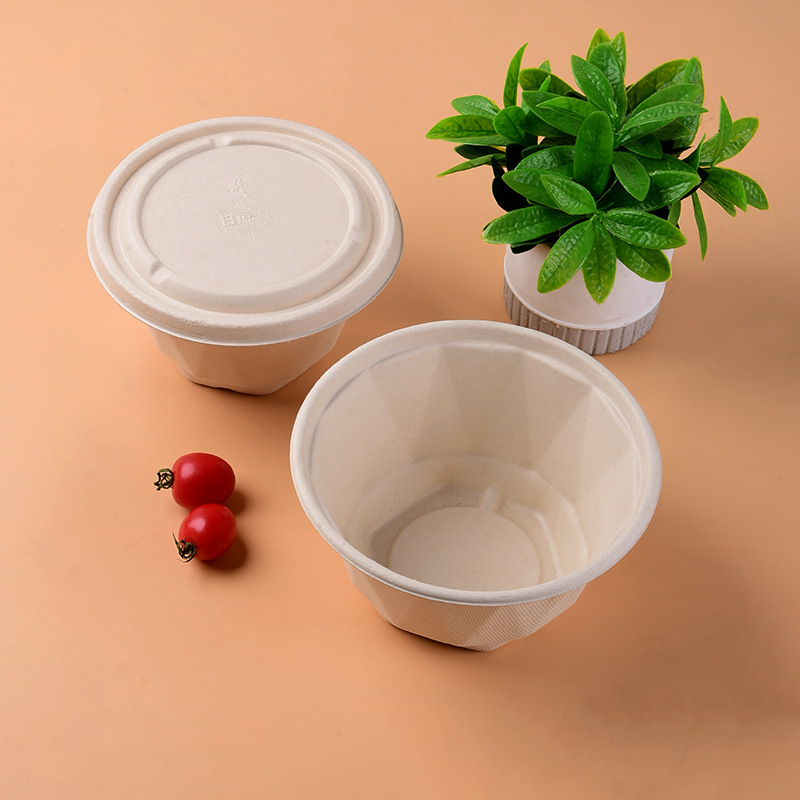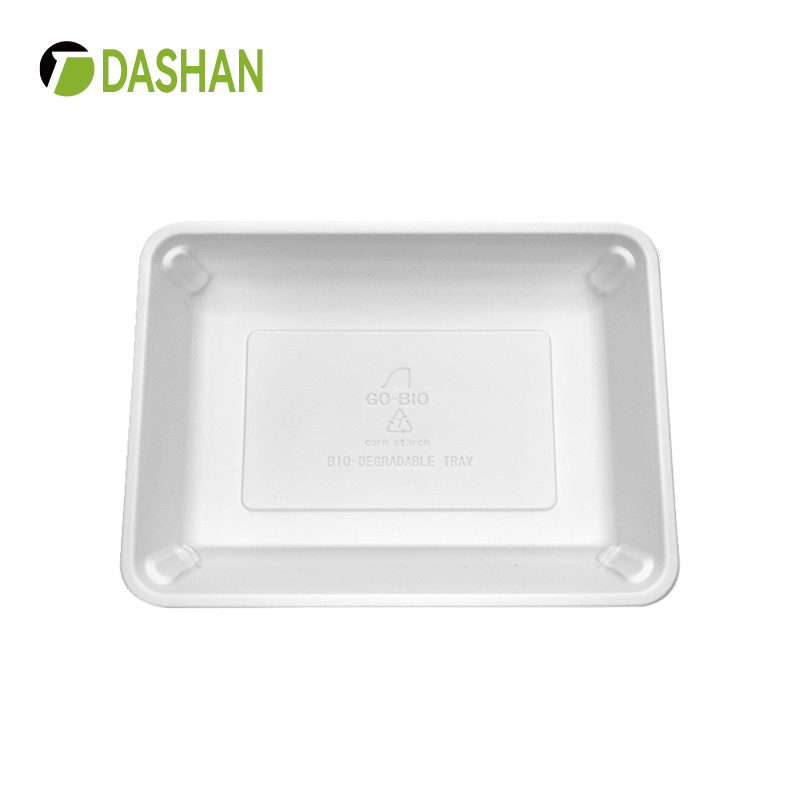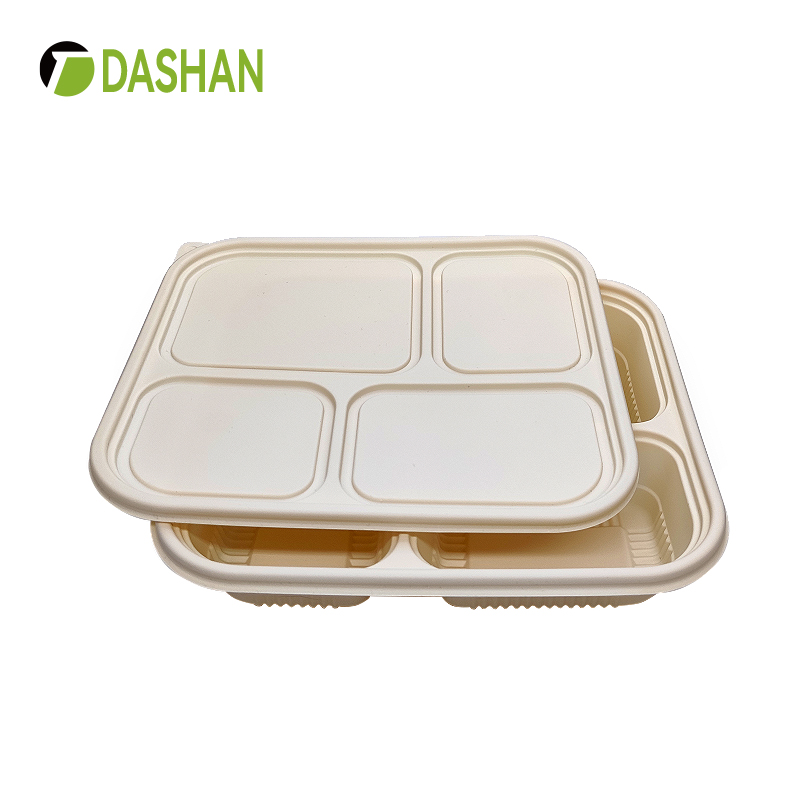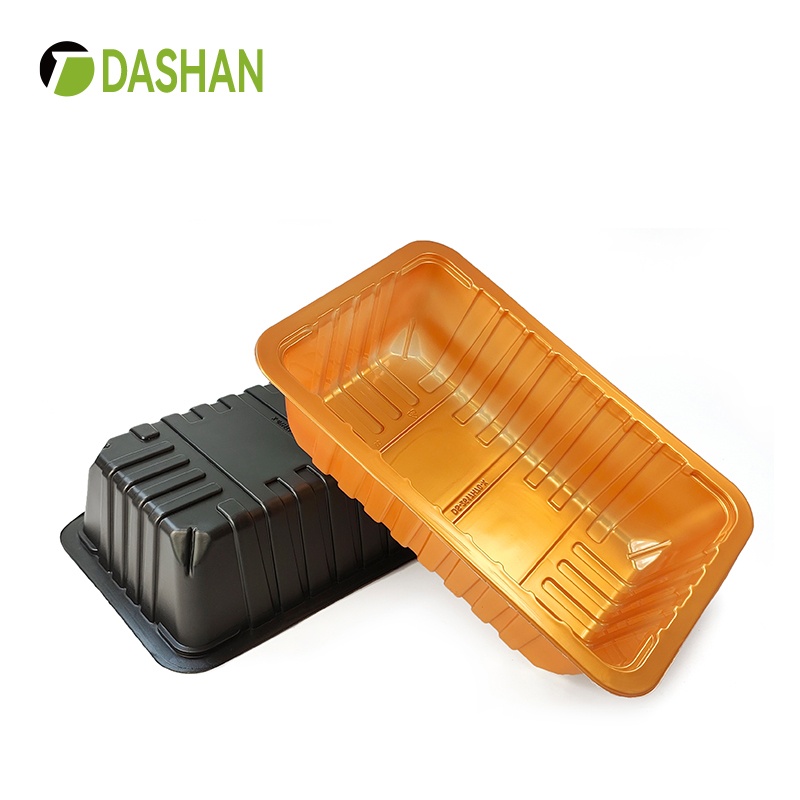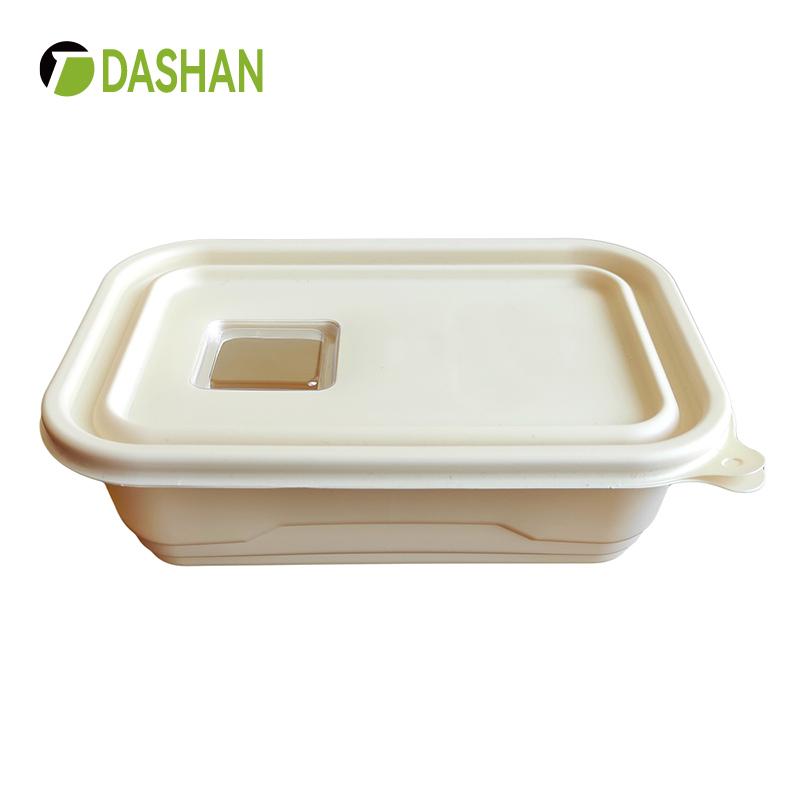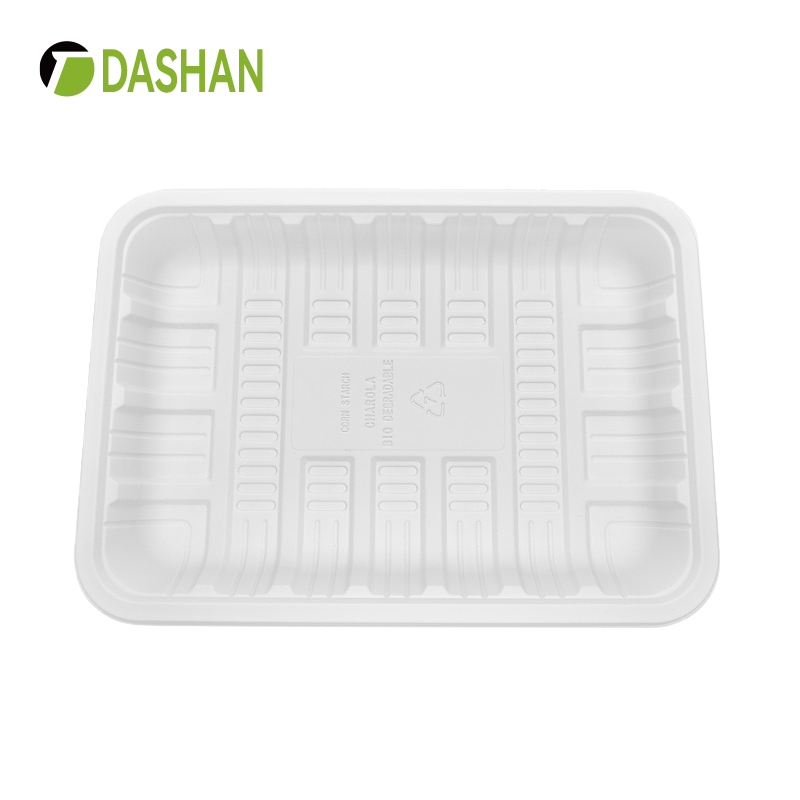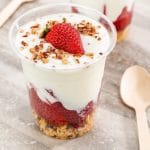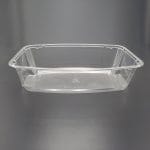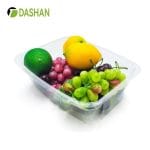In a world increasingly aware of environmental challenges, the food industry has been seeking ways to reduce its carbon footprint and plastic waste. Among the many innovations, one particular hero has emerged: Polypropylene (PP) disposable plastic bowls. These unassuming vessels play a crucial role in delivering meals to our tables while simultaneously contributing to a more sustainable future.
In this comprehensive exploration, we will delve into the world of PP disposable plastic bowls, understanding what they are, how they are made, and the myriad benefits they offer. From their eco-friendly attributes to their impact on foodservice industries, we will discover why these bowls have become a prominent choice in modern dining.
The Rise of Eco-Conscious Dining
The 21st century has witnessed a significant shift in consumer behavior towards more eco-conscious choices. People are increasingly mindful of the products they use, especially when it comes to single-use plastics. With growing concerns about the environment, it is essential for both consumers and businesses to adapt to more sustainable practices.
Enter PP disposable plastic bowls, a formidable contender in the quest for sustainable dining solutions. To understand why they are gaining popularity, we must first grasp what makes PP different from traditional plastics.
Polypropylene: A Remarkable Material
Polypropylene, commonly referred to as PP, is a type of thermoplastic polymer known for its exceptional qualities. It is derived from propylene monomers and is highly regarded for its robustness, heat resistance, and versatility. These attributes make PP a valuable material in various industries, including packaging.
- 1. Durability: PP is known for its durability, which is a crucial factor when it comes to disposable products. PP disposable plastic bowls are sturdy and can withstand a range of temperatures, making them ideal for hot soups, chilled desserts, and everything in between.
- 2. Heat Resistance: Unlike some other plastics, PP can endure high temperatures without releasing harmful chemicals or altering the taste of the food it contains. This makes it an excellent choice for microwaving or serving hot dishes.
- 3. Versatility: PP’s versatility extends beyond its physical properties. It can be molded into various shapes and sizes, allowing for customization that meets specific foodservice needs.
- 4. Recyclability: PP is recyclable, and many recycling facilities accept it. This feature reduces the environmental impact of PP disposable plastic bowls and encourages the circular economy.
The Making of PP Disposable Plastic Bowls
Understanding the manufacturing process of disposable plastic bowls provides insights into their eco-friendly characteristics.
- PP Resin Production: The journey begins with the production of PP resin, where propylene monomers are polymerized to create the raw material. This process typically involves high-pressure polymerization, yielding a crystalline and heat-resistant polymer.
- Extrusion and Injection Molding: Once the PP resin is produced, it can be shaped into bowls using extrusion and injection molding processes. Extrusion involves melting the resin and shaping it into a continuous profile, while injection molding uses molds to create specific bowl shapes.
- Quality Control: Quality control measures ensure that each bowl meets safety and performance standards. This step includes inspections for consistency, thickness, and any defects that could compromise the integrity of the product.
- Packaging and Distribution: After quality control, the PP disposable plastic bowls are packaged and distributed to various foodservice establishments, from fast-food restaurants to catering companies.
The Green Advantages of PP Disposable Plastic Bowls
Now that we have a clear understanding of what disposable plastic bowls are made of, let’s explore their eco-friendly benefits.
1. Reduced Plastic Waste
One of the primary advantages of PP disposable plastic bowls is their reduced environmental impact compared to traditional single-use plastics. PP is a recyclable material, which means that these bowls can be collected and processed into new products, reducing the volume of plastic waste in landfills and oceans.
Moreover, the durability of PP makes it a long-lasting choice, reducing the need for frequent replacements. This durability ensures that fewer bowls are discarded, further contributing to waste reduction.
2. Energy Efficiency
The production of PP resin and the manufacturing of PP disposable plastic bowls are energy-efficient processes. PP is derived from a low-energy, low-emission polymerization method, and the production of PP bowls typically requires less energy than alternative materials like polystyrene (PS). This translates to a lower carbon footprint throughout the entire lifecycle of the product.
3. Heat Resistance and Food Safety
PP’s heat resistance is a crucial factor in food safety. Unlike some other plastics that can release harmful chemicals when exposed to high temperatures, PP remains stable. This quality ensures that the bowls are safe for heating food in microwaves or ovens.
Additionally, the heat resistance of PP disposable plastic bowls helps prevent heat-related accidents, as they remain cool to the touch when filled with hot food.
4. Versatile Design
The versatility of PP allows for innovative bowl designs that cater to specific food items. This reduces the need for multiple types of packaging, streamlining foodservice operations and minimizing waste.
For example, salad bars can benefit from shallow, wide PP bowls that accommodate generous portions, while soup vendors may opt for deeper, narrower bowls that keep contents hot for longer periods.
5. Cost-Effective Sustainability
In the realm of sustainable dining options, cost-effectiveness often plays a critical role in adoption. PP disposable plastic bowls strike a balance between eco-friendliness and affordability. Their durability and heat resistance minimize the risk of leaks or spills, ultimately reducing food waste and the associated costs.
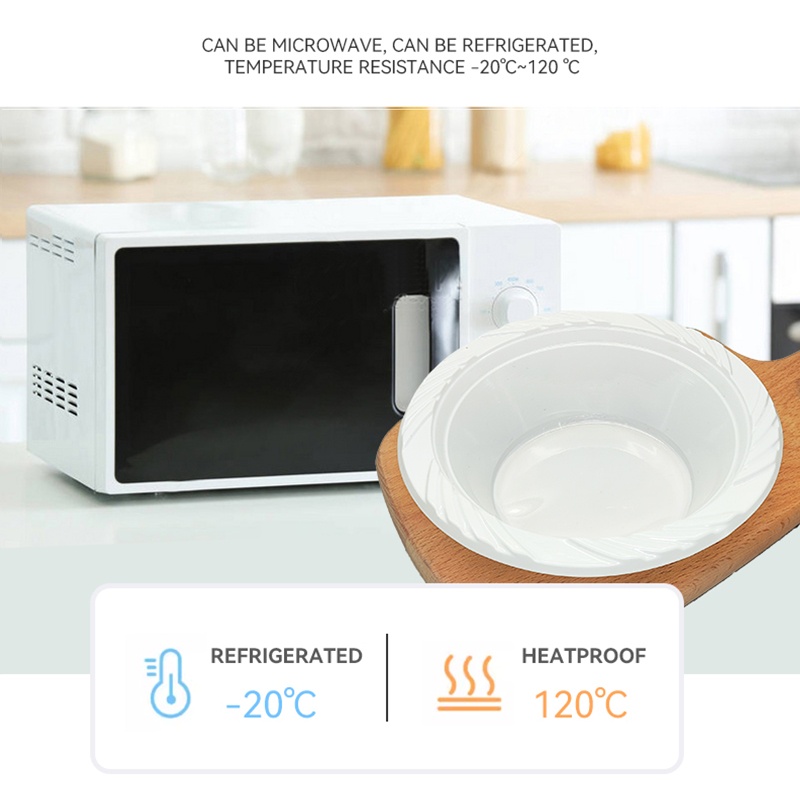
Applications Across Industries
PP disposable plastic bowls have found a home in various foodservice industries, ranging from fast food to fine dining. Their versatility and eco-friendly attributes make them a popular choice for a wide range of applications.
- 1. Fast Food Restaurants: Quick-service restaurants appreciate the durability and convenience of disposable plastic bowls. They are suitable for serving everything from burgers and fries to salads and ice cream.
- 2. Cafeterias: Schools, hospitals, and corporate cafeterias often use PP bowls for serving hot and cold dishes in a controlled environment. Their heat resistance and strength make them a reliable choice for institutional settings.
- 3. Food Trucks and Street Food Vendors: Mobile food vendors rely on PP disposable plastic bowls due to their durability and ease of use. These bowls are perfect for serving food on the go.
- 4. Catering Services: Catering companies favor PP bowls for their versatility. Whether it’s a buffet-style event or a formal dinner, PP bowls can be customized to suit the occasion.
- 5. Outdoor Events: PP disposable plastic bowls are also popular at outdoor events, such as picnics, festivals, and barbecues. They are lightweight and easy to transport, making them a practical choice for gatherings of all sizes.
The Path Forward: Sustainable Dining with PP Disposable Plastic Bowls
As we navigate the challenges and opportunities associated with disposable plastic bowls, it’s essential to consider the broader context of sustainable dining. These bowls are not a silver bullet but rather a valuable tool in the pursuit of eco-friendly foodservice practices.
1. Consumer Education
Educating consumers about the benefits of PP disposable plastic bowls and the importance of recycling is crucial. Clear labeling and marketing initiatives that highlight the eco-friendly attributes of these bowls can help shift consumer perceptions and behaviors.
2. Collaboration in the Industry
The food industry must collaborate with suppliers and manufacturers to continue improving the sustainability of PP disposable plastic bowls. This includes exploring innovations in production methods, materials, and recycling technologies.
3. Waste Reduction Strategies
To further reduce waste, businesses can implement strategies such as portion control, offering reusable alternatives when feasible, and actively promoting recycling programs. Reducing food waste itself is also a critical component of sustainable dining.
4. Innovation and Research
Continued research and development efforts are essential to create even more sustainable materials and products. This includes exploring biodegradable alternatives and enhancing the recyclability of plastics like PP.
5. Regulatory Support
Government policies and regulations can play a significant role in promoting sustainable practices in the foodservice industry. Encouraging recycling initiatives and setting targets for reducing plastic waste can incentivize businesses to adopt eco-friendly solutions.
Conclusion
In conclusion, PP disposable plastic bowls represent a significant step towards achieving sustainable dining practices. Their durability, heat resistance, and recyclability make them a versatile and eco-friendly choice for various foodservice applications.
While challenges remain, including recycling infrastructure and public perception, the benefits of PP disposable plastic bowls are clear. By embracing these bowls and actively working towards reducing their environmental impact, the food industry can continue its journey towards a more sustainable and eco-conscious future.
As consumers, businesses, and policymakers come together to support sustainable dining practices, we can look forward to a world where convenience and environmental responsibility coexist, one PP disposable plastic bowl at a time.
Related Products


